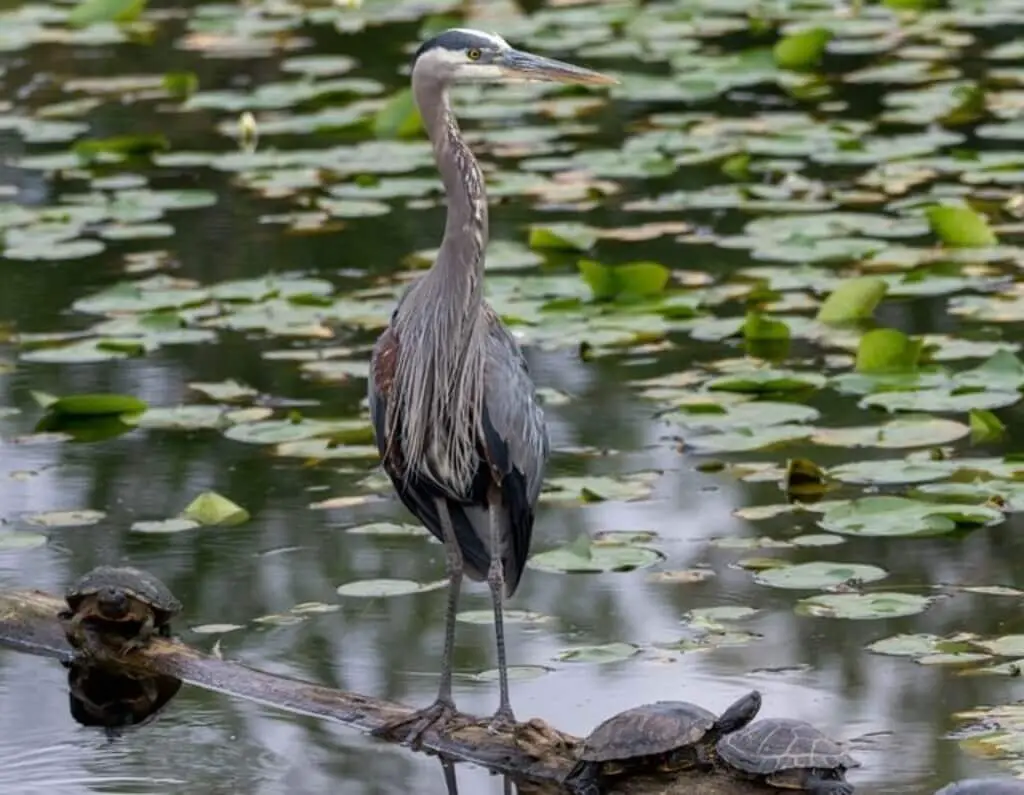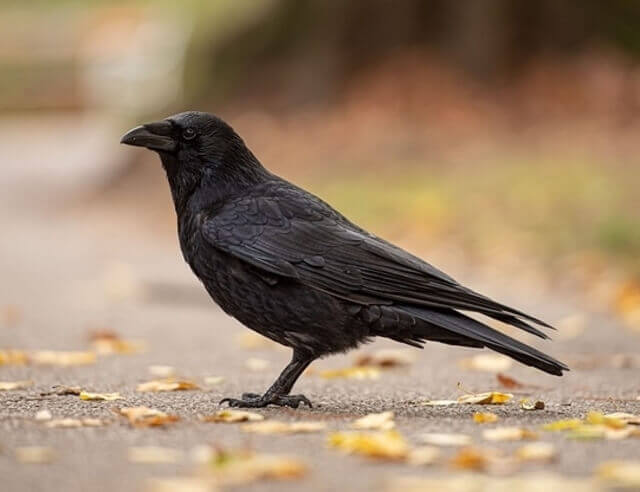If you’ve ever been curious about the avian predators of turtles and their eggs, you’re in the right place. Within this article, we’ll explore 12 birds that eat turtles and their eggs in their diet.
While some of these birds are more renowned for their dietary habits, each one has been scientifically documented engaging with these reptiles in various ways.
Table of Contents
Types of Birds That Eat Turtles
Hawks
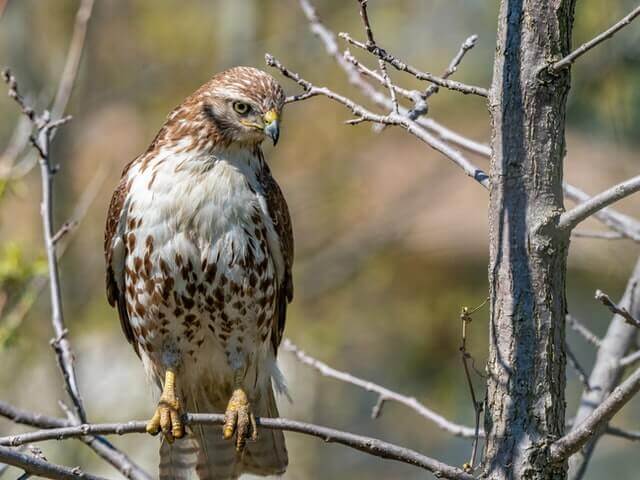
Despite being the same weight and size, hawks will eat turtles. Hawks are opportunistic predators and will eat anything that they can catch.
This includes other birds, small mammals, and even some larger animals. While it is not common for hawks to attack and eat turtles, it does happen occasionally.
If you come across a hawk feeding on a turtle, it is best not to disturb them, as this may cause them to attack.
Eagles

The Bald Eagle is one of the most recognizable and popular birds in North America. Eagles are strong fliers and can be found throughout the continent. They eat a variety of different animals, including turtles.
Turtles are an important part of the eagle’s diet because they provide a high-quality source of protein. Eagles will often spot a turtle in proximity and swoop down to snatch it up before it has a chance to react.
Eagles typically eat small prey, so they aren’t known for their huge appetites. However, when they find a healthy turtle that isn’t threatened or fleeing, they will take advantage of its opportunity to feast.
Cranes
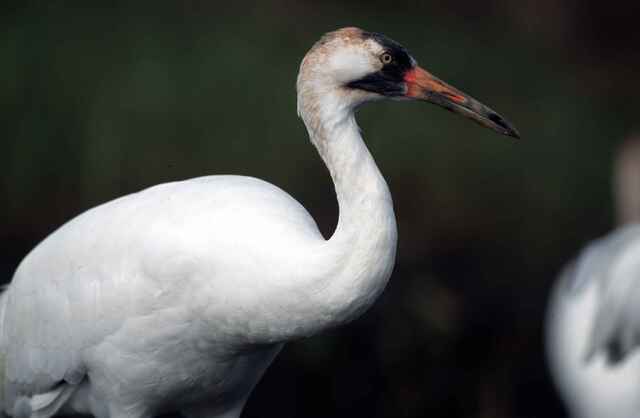
There are many species of cranes, but the type most likely to eat turtles is the Common Crane (also known as the Eurasian crane). The common cranes are found in the northern parts of Europe. Their range includes parts of Russia, Scandinavia, Germany, Poland and Ukraine.
The common crane is a migratory bird and winters in Africa and India. The diet mainly consists of insects, small vertebrates and plant material. They will also eat eggs, reptiles and amphibians if available.
They do not generally eat marine turtles, but some species do eat freshwater turtles and tortoises. Cranes are opportunistic foragers and generalists. They will eat whatever is available in their habitat.
Herons

Yes, Herons do eat turtles. And, more than that, the Great Blue Heron is one of the most common predators of snapping turtles in many areas. The reason for this is simple: Turtles are fairly tasty.
They’re not as nutritious as fish, but they’re still a good source of meat, and there’s less competition from other wildlife for egg-laying sites.
They’re also easy to catch. Turtles are slow-moving animals, and have no natural defenses against being eaten by birds. Their only defense against predation is to hide in their shells and wait until the danger has passed, which doesn’t work so well when the predator can fly away with you.
Egrets
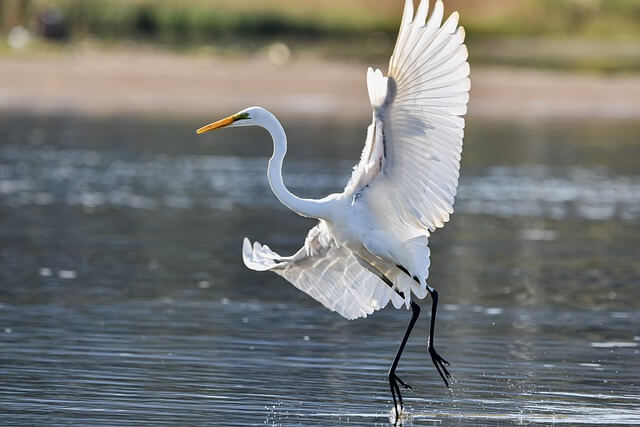
The Great Egret is an impressive bird, with its trademark long beak and a wingspan that can measure up to six feet in length. And despite being the largest of all egrets, it’s also one of the most carnivorous. In fact, the great egret is known to eat everything from small birds to large reptiles, including turtles!
Although this behavior may seem strange at first, it’s actually quite common for egrets to feed on turtle eggs and hatchlings.
Not only does this provide the great egret with a convenient food source, but it also helps keep populations of these animals in check. And since many turtle species are endangered or vulnerable, protecting their habitats isn’t a bad thing either!
Storks

The Stork is one of the most common and recognizable birds in the world. These large, tall birds are known for their long necks and legs. They eat a variety of things, but one of their favorite foods is turtle.
There are many reasons why storks prefer to eat turtle over other types of food. For one thing, turtle meat is tasty, which makes it a convenient food source for these large birds.
Additionally, Turtles have a high content of protein, which is beneficial to storks because they need plenty of protein to sustain them during their long flights.
Crows
American Crows are common birds in North America. The crow ranges from the northernmost parts of Canada to southern Mexico.
It also ranges into Central America and South America. The crow’s habitat includes forests, rural areas, and urban areas.
American crows are omnivorous, meaning they eat a variety of food items. Some of their favorite foods include insects, small animals, and fruit. American crows also eat eggs and hatchling turtles.
Ravens
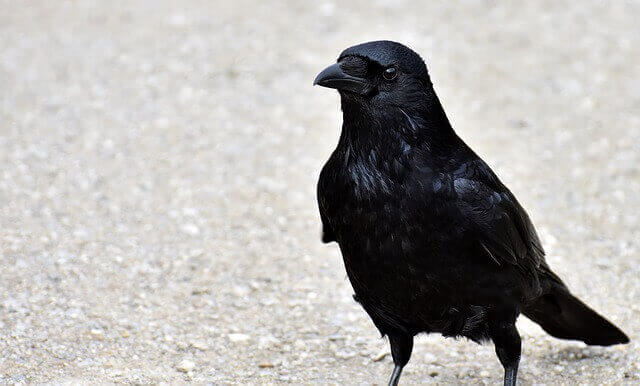
The Common Raven is a large and powerful bird that ranges throughout North America. The raven is the most common bird in North America and can be found from the Arctic tundra to the tropical rainforest.
The raven lives in a variety of habitats, from open fields to dense forests. It is an omnivore that eats a wide variety of food, including insects, small animals, and vegetation.
Ravens are also known as scavengers and are one of the few birds that will eat hatchling turtles and eggs.
Bearded Vulture
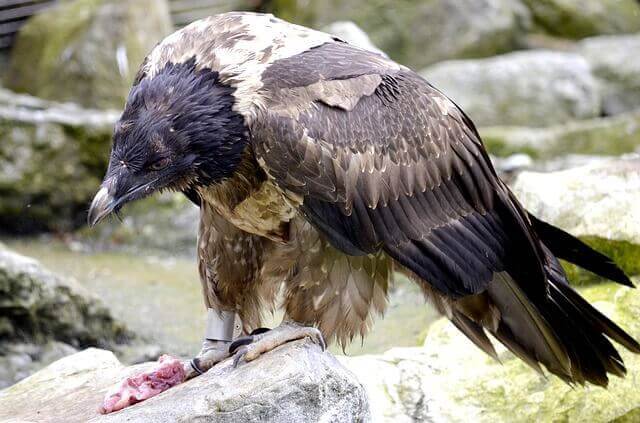
The Bearded Vulture is a large, bald vulture found in open habitats throughout North America. They range from Alaska to southern Canada and occupy both wooded and grasslands.
They are generally monogamous, but will form pairs during the breeding season. The Bearded Vulture feeds on carrion, usually of larger animals such as deer or elk.
They also consume tortoises and small animals, eggs, and hatchling turtles.
Seagulls
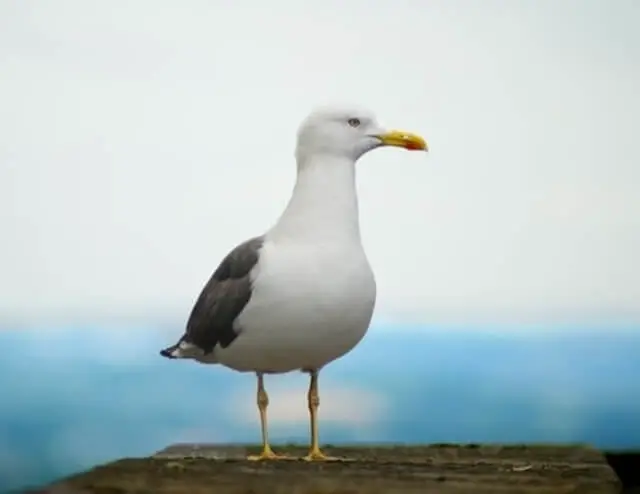
Seagulls are a common sight in most parts of the world. They range from the coldest regions of the north to the tropics of the south, and can be found everywhere in between.
Seagulls are closely related to geese, but their size and shape make them very different birds.
A seagull’s diet mostly consists of fish and other water creatures, but they will also eat small animals if they can catch them.
Baby turtles and eggs are an important part of a seagull’s diet, and they will often scavenge for food after storms have destroyed crops or other areas where food is scarce.
Kites
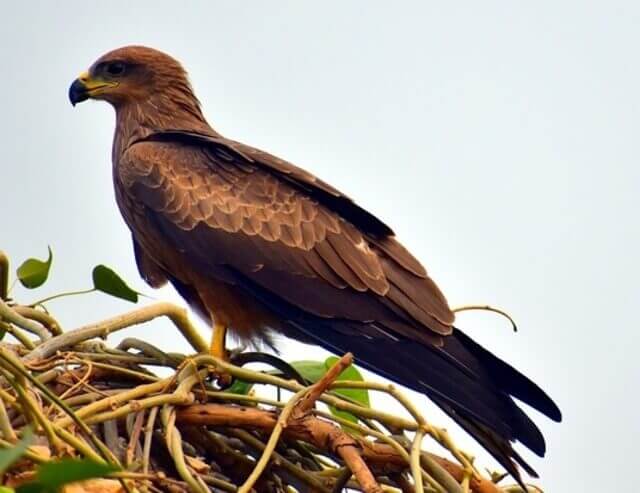
Kites are one of the most common and popular birds in the world. They can be found in all parts of the world except Antarctica. Kites have a wide range, from subtropical rainforest to alpine tundra.
There are 26 different species of kites. Kites inhabit a wide range of habitats, from open countryside to heavily forested areas. Some kites also live in suburbs and towns.
The diet of kites includes small birds, rodents, lizards, frogs and even snakes. They often hunt in pairs or sometimes in groups and can fly up to 100 kilometers per hour (62 mph).
Owls
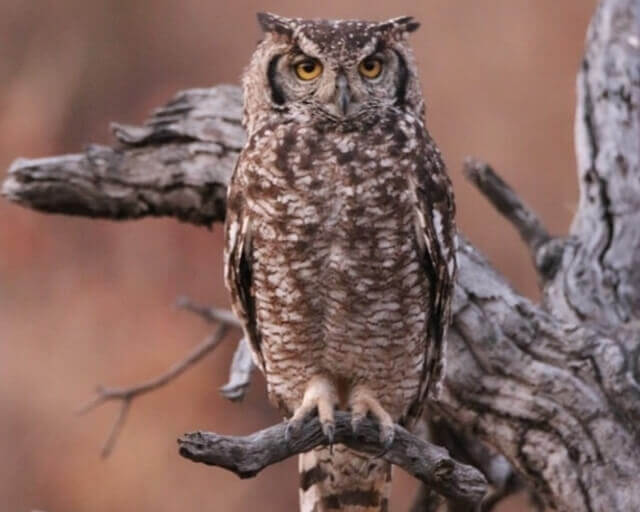
Most Owls are found in temperate or cold regions of the world, but some species inhabit tropical rainforests or even Antarctic habitats! Owls have powerful talons and hooked beaks for capturing their prey, which typically consists of small mammals such as rabbits and rodents.
Some owls also consume birds, fish and other aquatic creatures. They are a nocturnal bird, meaning they are active at night. Owls have a diverse range of habitats including forests, mountains, and deserts.
They eat different types of animals, but usually eat small prey such as rodents and insects. Turtles are also an occasional prey item for owls.
Diet and Turtle Predation Techniques
Hawks: Hawks are opportunistic predators, and their diet often includes various small to medium-sized turtles. They primarily use their sharp talons to snatch turtles from the ground or shallow waters. In some cases, they may carry turtles to a perch before consuming them.
Eagles: Eagles are known for their powerful beaks and talons, which they use to catch turtles near bodies of water. These raptors employ a swift strike-and-grab technique, carrying their prey to a safe location for consumption.
Cranes: Cranes are elegant waders that hunt for aquatic creatures, including small turtles, in wetland habitats. They employ their long, pointed bills to catch turtles hiding in vegetation or shallow waters.
Herons: Herons are skilled hunters, primarily targeting fish and amphibians. They use their sharp bills to grasp turtles when they venture close to the water’s edge. Herons often consume turtles headfirst to avoid injury from sharp turtle shells.
Egrets: Egrets share similar hunting techniques with herons, preying on turtles and other aquatic creatures. Their slender bills allow for precise strikes when capturing turtles near the water’s surface.
Storks: Storks are known for their long legs, which they use to wade through water bodies, searching for prey like turtles. Once they locate a turtle, they use their powerful bills to catch and consume them.
Crows: Crows are highly adaptable omnivores, and their diet may include turtle hatchlings. They often use their intelligence to outwit and capture young turtles when they are most vulnerable.
Ravens: Ravens are opportunistic scavengers and predators. While turtles are not their primary food source, they may consume turtle eggs or vulnerable hatchlings when the opportunity arises.
Bearded Vulture: Bearded vultures are known for their unique diet, which includes the consumption of bone fragments. They sometimes feed on deceased turtles, particularly when the turtle’s shell is broken open, allowing them access to the nutritious marrow.
Seagulls: Seagulls are coastal scavengers with varied diets. They may opportunistically consume dead turtles washed ashore or snatch smaller turtle species from the water’s surface.
Kites: Kites are agile raptors, primarily feeding on small mammals and birds. While turtles are not their main prey, they might catch and consume small, vulnerable turtle species.
Owls: Owls are skilled nocturnal hunters, primarily preying on small mammals and birds. Turtles are not a common part of their diet, but some larger owl species may capture and consume smaller turtles if the opportunity arises.
These insights into the diet and turtle predation techniques of these avian species help us understand their ecological roles and interactions with turtle populations in various ecosystems.

